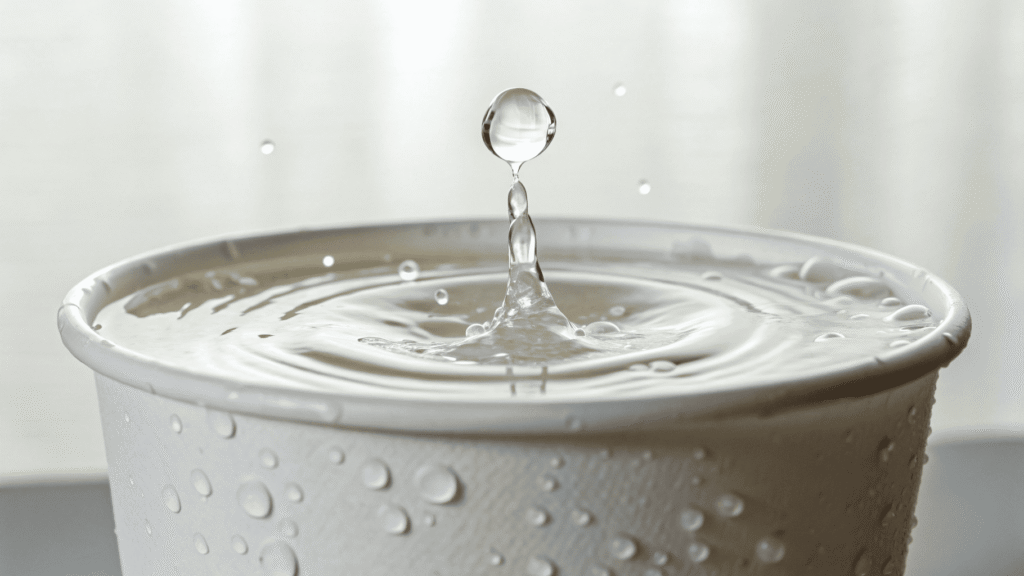You want to choose the right cup for your business. But the terms are confusing, and you worry about making a choice that hurts your brand's image or the environment.
A modern paper cup uses two key raw materials. The body is virgin paperboard for strength and safety, often from sustainable forests. The inside has a waterproof coating, either a plant-based bioplastic like PLA or a water-based solution.
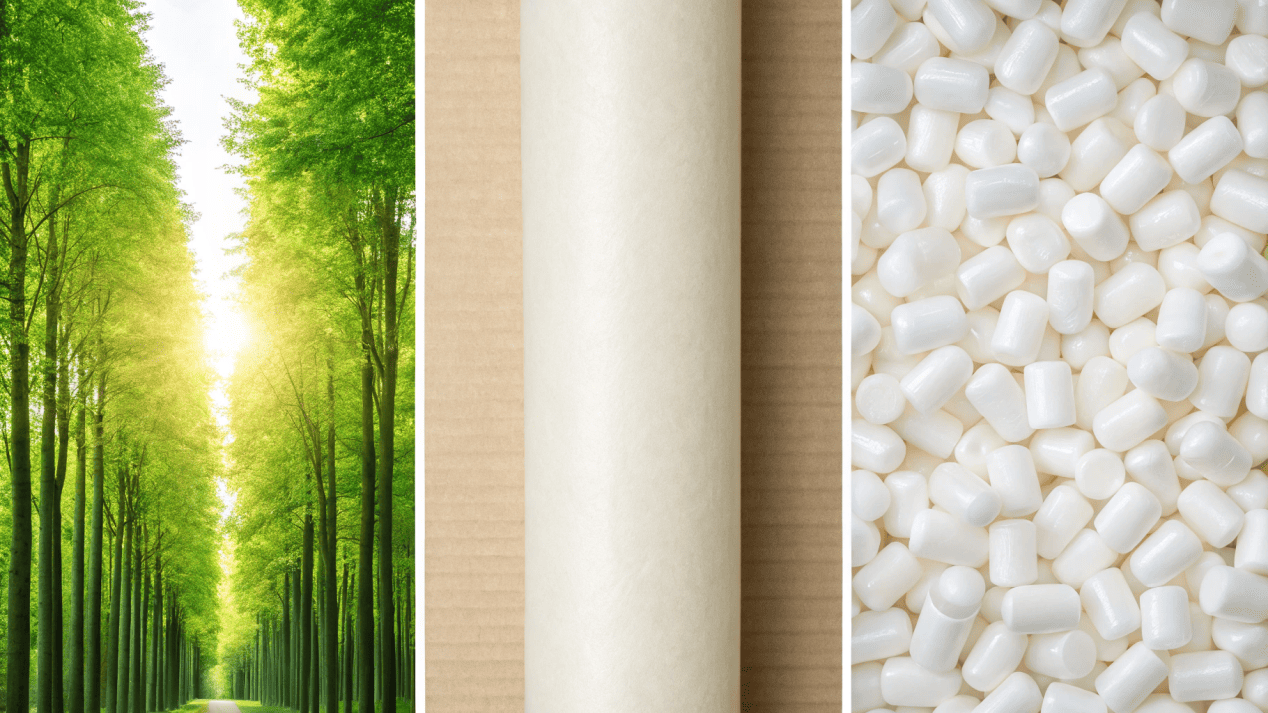
A few years ago, a client asked me, "Jonh, to be really eco-friendly, shouldn't we use recycled paper for our cups?" It's a logical question, and I love when my clients think deeply about this. I explained that for something that holds the hot coffee you drink, safety and performance come first. We can't have any risks. The materials we use are specifically chosen to be pure, strong, and completely safe for you, while also being sourced responsibly. Let’s break down exactly what those materials are.
Why Is Virgin Paperboard the Foundation for Quality and Safety?
You hear "virgin paper" and you might think it's bad for the environment. This could make you hesitate to choose the safest, highest-performing option for your cups.
Virgin paperboard is the industry standard for food safety. It is made from new wood pulp, which guarantees it is pure and sterile. This is a non-negotiable requirement for direct food contact.
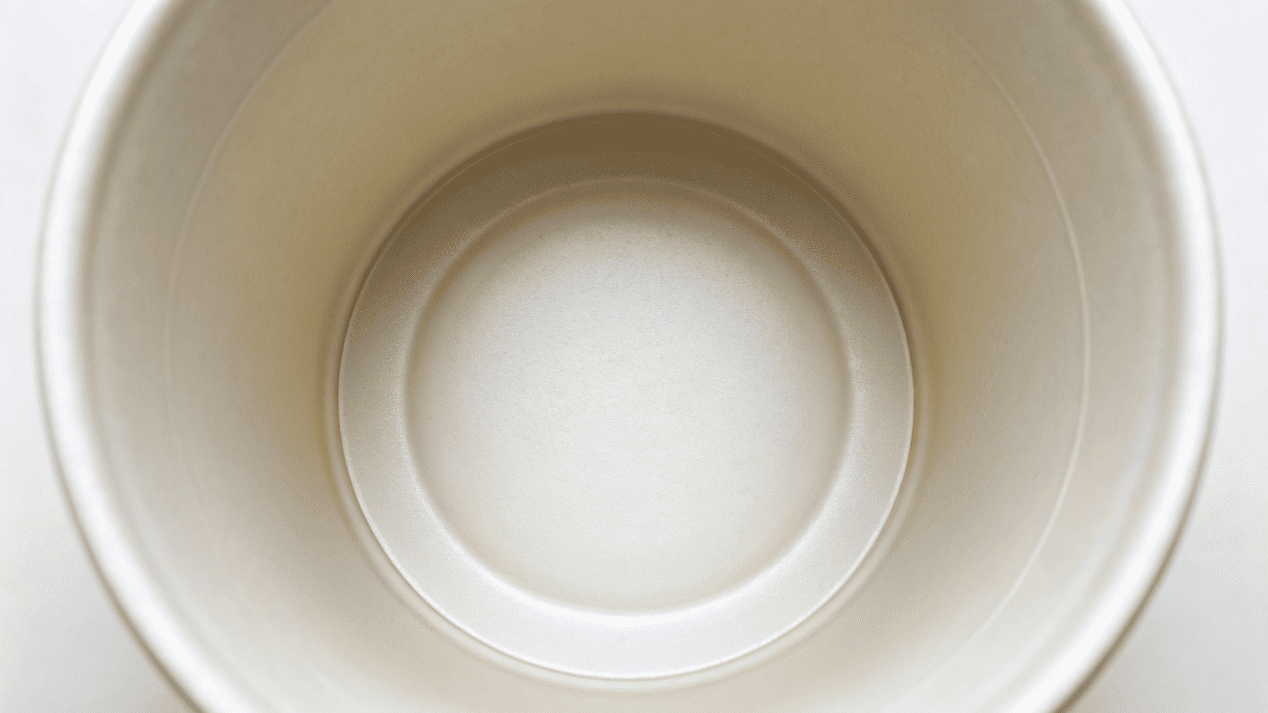
The body of the cup is made from paperboard, but it has to be a very specific kind. We use something called Solid Bleached Sulfate (SBS) paperboard, which is made from virgin wood pulp. This is extremely important. Recycled paper can contain tiny traces of ink, glues, or other chemicals from its previous life. For a cup that holds your drink, we can't take that risk. Virgin fiber is guaranteed to be 100% pure and clean. It also performs better. The fibers in virgin pulp are longer and stronger, which gives the cup the stiffness it needs to hold hot liquid without getting soft or collapsing. But this doesn't mean we ignore the environment. As a manufacturer, I demand that my paperboard suppliers source their wood from sustainably managed forests. We verify this with certifications like the Forest Stewardship Council (FSC). This is your proof that the trees were harvested in a way that protects the forest for the future.
Paperboard Key Features
| Feature | Why It Matters | Verification |
|---|---|---|
| Virgin Fiber | Guarantees hygiene and food safety. | Food-Grade Certifications |
| Strength & Stiffness | Prevents leaks and keeps cup shape. | GSM Weight Specifications |
| Sustainable Sourcing | Protects forests and biodiversity. | FSC® or PEFC™ Logo |
What Is the Plant-Based Revolution in Cup Coatings?
You want a sustainable cup, but you know paper gets soggy without a lining. You wonder if there's a good eco-friendly alternative to the traditional plastic coating.
Yes, the best alternative is PLA (Polylactic Acid). It is a bioplastic made from renewable plant starches like corn. It works just like plastic but is designed to be commercially compostable.
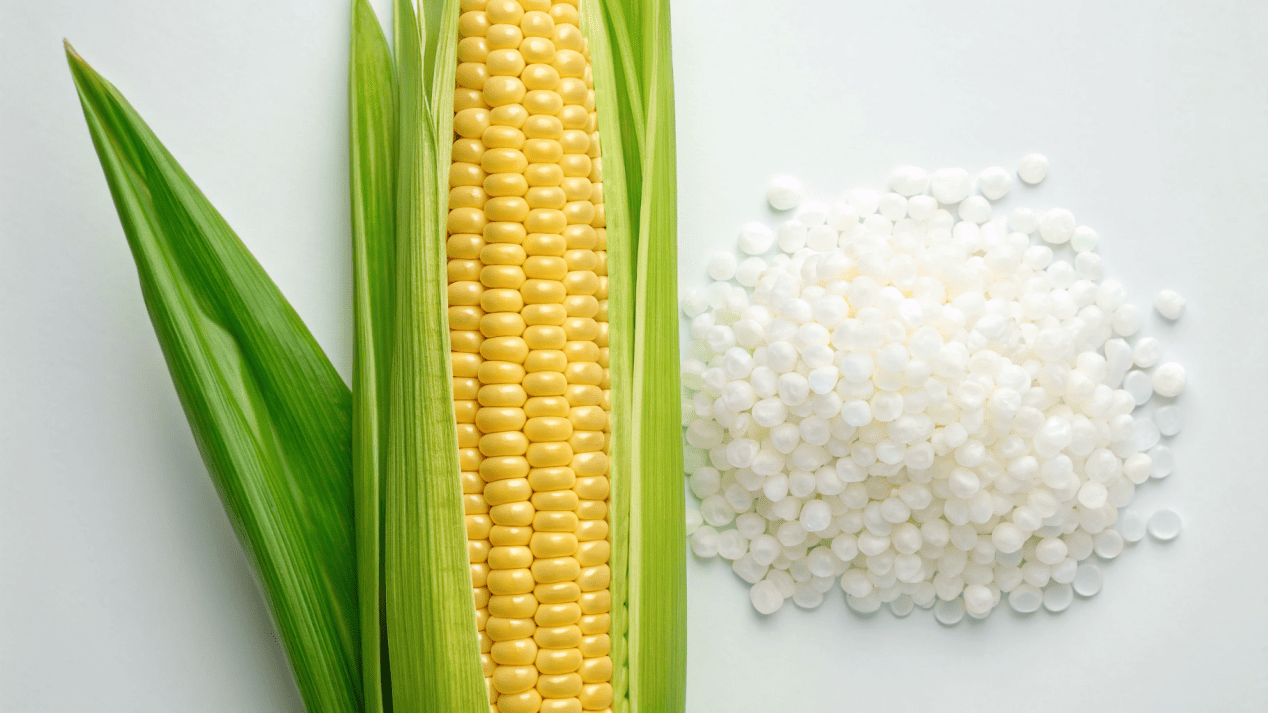
Paper is a natural material, so it absorbs water. To stop this, we need a waterproof lining inside the cup. For decades, this lining was polyethylene (PE), a plastic made from petroleum. Today, we have a fantastic, revolutionary alternative: PLA, or Polylactic Acid. This material is a bioplastic. Instead of being made from oil, it's made from the starch of renewable plants like corn or sugarcane. It provides an excellent waterproof and greaseproof barrier, so it works perfectly for both hot coffee and cold soda. The biggest benefit of PLA is what happens after you finish your drink. PLA-coated cups are designed to be commercially compostable. This means that in a special industrial facility, they can break down into organic matter. This process turns the used cup into valuable compost, which helps to create a circular economy where waste becomes a resource. It's a huge step forward for sustainable packaging.
Are There Other Bio-Coatings Beyond PLA?
You know PLA is a great option, but it requires industrial composting, which isn't available everywhere. You're looking for other innovative bio-coatings that might offer more flexibility.
Yes, new innovations are emerging. The most promising is the aqueous, or water-based, coating. It can be engineered to break down more easily in standard paper recycling systems.
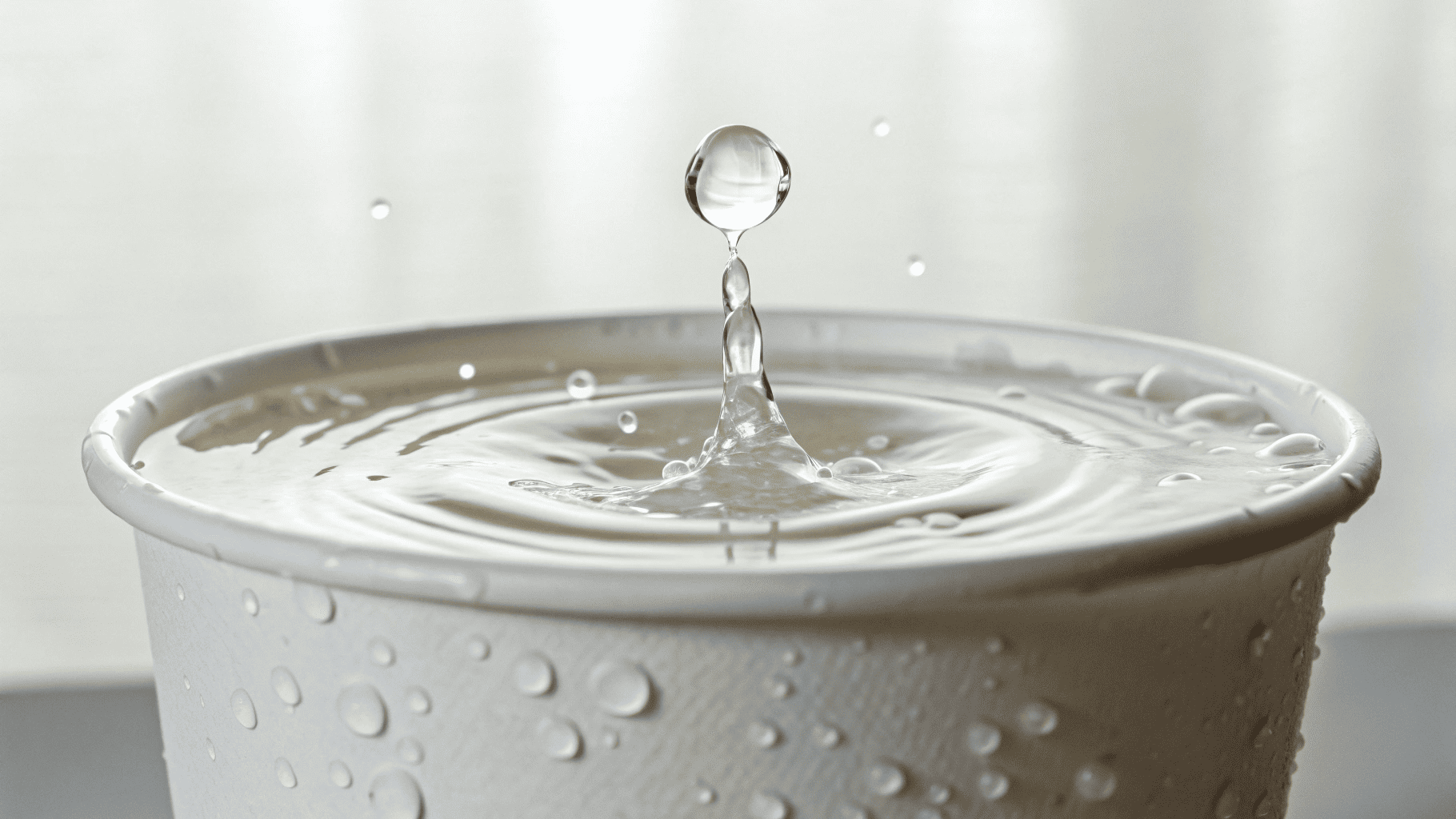
While PLA is the market leader, our industry is always innovating to find new solutions. The most exciting development right now is the aqueous coating. Think of it as a water-based paint that creates a waterproof barrier when it dries. The great advantage here is its potential for recycling. Depending on how it's made, an aqueous coating can be designed to break down more easily when the paper cup goes into a standard paper recycling mill. This means the valuable paper fibers can be recovered and used again. It provides a wonderful aIternative for cities or regions where industrial composting is not yet common, but paper recycling is strong. We are also watching the development of other bioplastics like PBS and PHA. These materials are still very new and not widely used yet, but they hold future promise, with some even being tested for biodegradability in different environments. It’s a very exciting time for material science.
What Are the Real-World Challenges of Sourcing These Materials?
You're excited to switch to sustainable materials. But you also run a business and worry about price, reliability, and whether these new materials actually work as promised.
The primary challenges are cost, availability, and infrastructure. Sustainable materials can be more expensive, and their supply chains are less mature. The success of their disposal also depends on local recycling or composting facilities.
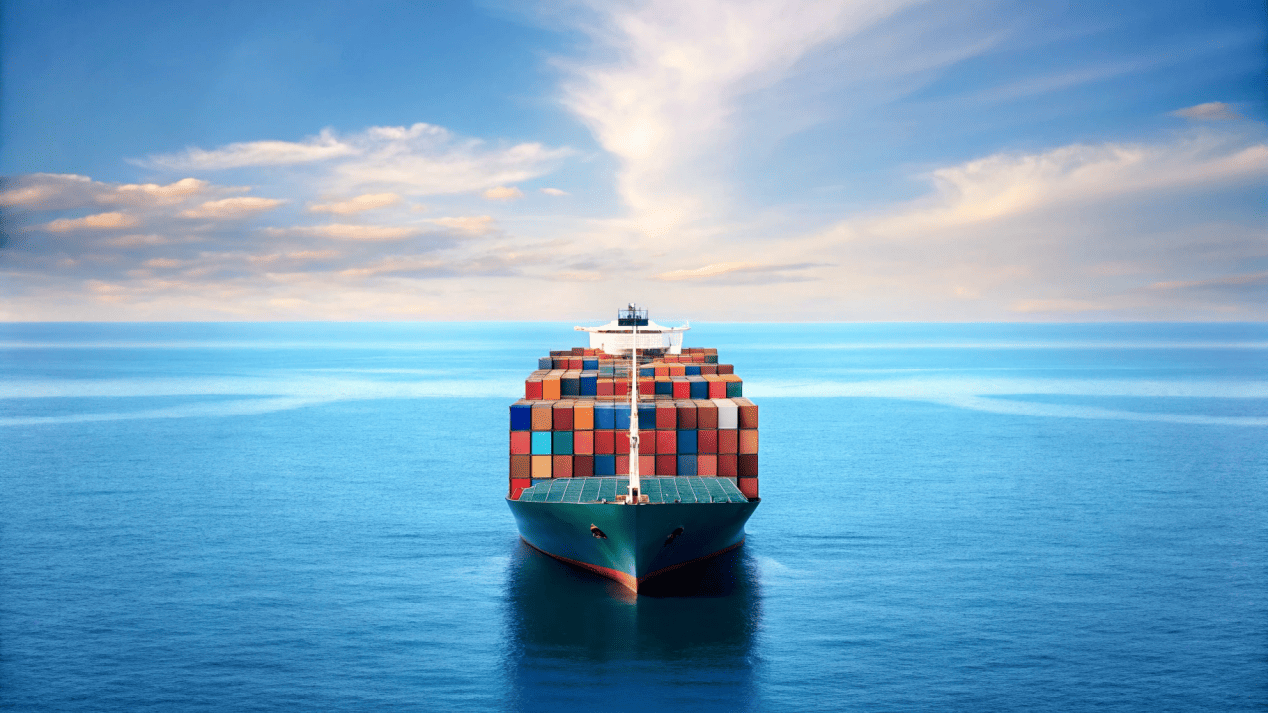
As a manufacturer, I have to be realistic with my clients about the challenges. We are still in the early stages of a global shift away from traditional plastic. The first challenge is cost and availability. The factories that make petroleum plastic have been operating for over 50 years. The supply chain for bioplastics like PLA is much newer and smaller. This can mean higher costs and more price changes. The second challenge is infrastructure. A PLA cup is only compostable if you have a local industrial composting facility to send it to. An aqueous-coated cup is only recyclable if your local recycling center accepts it. The end-of-life promise of the cup depends entirely on what is available in your community. Finally, we face logistical complexities. Sourcing certified, high-quality materials from around the world involves shipping, changing regulations, and global events that can impact supply. My job is to manage these challenges for my clients by working with trusted suppliers and planning ahead.
Conclusion
A modern paper cup is made from two core materials: safe, sustainable virgin paperboard and an innovative waterproof coating. Understanding these components helps you make the best choice for your business and customers.
